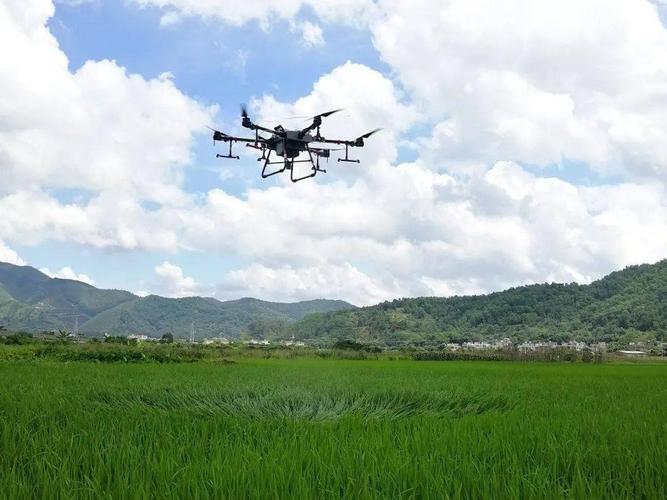In addition to aerial photography, drones are also widely used in the agricultural field. Agriculture is the source of human life, and the emergence and application of drones have brought new hope and opportunities to agriculture.
At present, the application of drones in the agricultural field mainly includes the following aspects:
1. Plant protection spraying: Drones can accurately spray crops in farmland by equipped with plant protection spraying equipment, thereby achieving crop protection and management. Compared with traditional manual spraying, drone plant protection has advantages such as precision, efficiency, and safety, which can greatly improve the quality and yield of crops.
2. Farm inspection: Drones can inspect and monitor farmland by equipped with high-definition cameras, infrared detectors, and other equipment. Through the data collection and processing of drones, farmers can learn about the growth of crops and the occurrence of diseases and pests in the farmland, and take timely measures to protect the health and growth of crops.
3. Soil detection: Drones can be equipped with soil detection instruments to detect and analyze soil in farmland. Through the data collected by drones, farmers can learn about the pH value, nutrient content, texture and other information of the soil, so as to fertilize and plant crops based on the soil conditions, improving the quality and yield of crops.
4. Seeding and fertilization: Drones can achieve precise seeding and fertilization of farmland by equipped with seeding and fertilization equipment. Through the operation and data processing of drones, farmers can achieve precise control of crops, improve the quality and yield of crops.
In China, the application of drones in the agricultural field has begun to become widespread, and their application scenarios are becoming increasingly diverse. Drones can be equipped with various sensors, such as multispectral cameras, infrared cameras, LiDAR, etc., to achieve high-precision measurement, image recognition, meteorological monitoring and other functions on farmland, thereby providing accurate data support for agricultural production.
Taking wheat cultivation in Henan Province as an example, drones can carry out high-precision measurement and image recognition on wheat fields by equipped with multispectral cameras. By measuring and analyzing indicators such as vegetation index and leaf area index, it is possible to promptly identify problems such as diseases and pests, fertilizer and water shortages during wheat growth, and carry out precise pesticide and watering operations to improve wheat yield and quality.
In agricultural production, drones can not only improve the growth quality and yield of crops, but also save farmers a lot of manpower, material resources, and time costs. At the same time, the application of drones can also avoid the excessive use of pesticides and fertilizers, and reduce environmental pollution.
It can be foreseen that drones have broad application prospects in the agricultural field. With the continuous upgrading of technology and the continuous reduction of costs, drones will become more convenient, practical, and economical, bringing more benefits and advantages to agricultural production.







Please sign in to comment
register